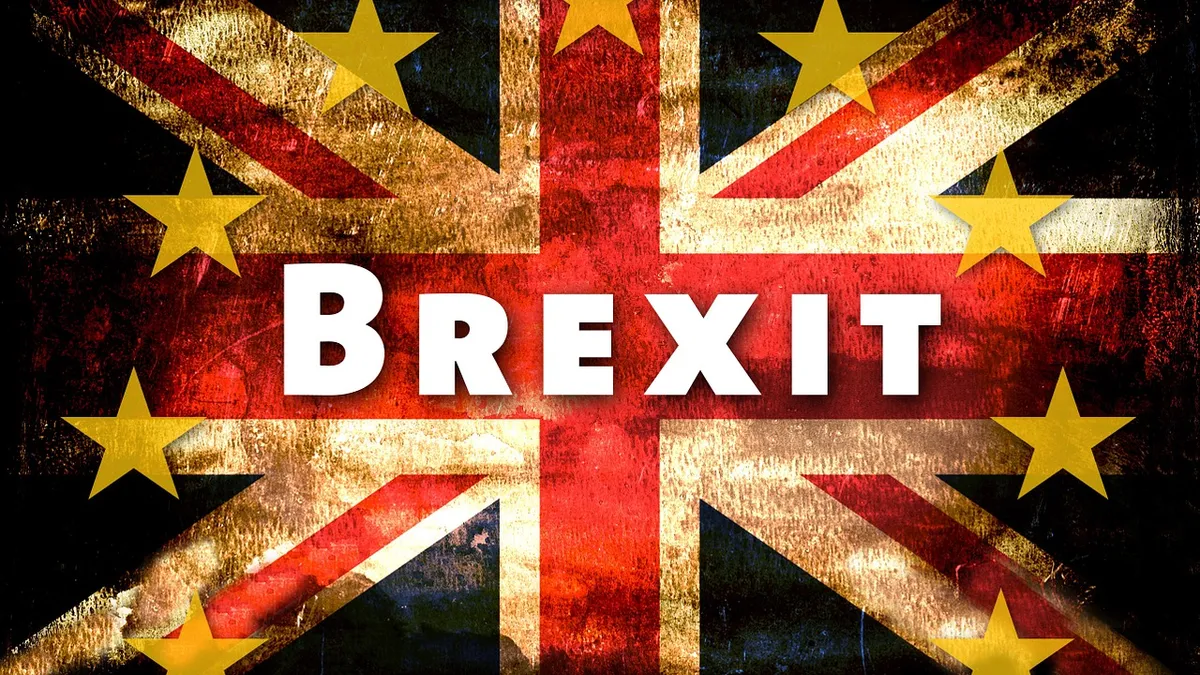Dive Brief:
-
The U.K. is continuing to flesh out its guidance on how it will regulate medical devices with just 50 days until the end of the Brexit transition period.
-
In recent updates, the U.K. Medicines and Healthcare products Regulatory Agency shared further details about the conformity marking companies will need to use to sell products in Northern Ireland after Brexit. The U.K. left the European Union on Jan. 31 and a transition period is in place until Dec. 31, which will not be extended and during which all EU rules and laws continue to apply to the U.K.
-
The preparations are taking place against a backdrop of ongoing negotiations over a trade deal between the U.K. and EU. As it stands, the two sides are yet to find common ground on several issues, raising the risk that the Brexit transition period will soon end without a trade deal.
Dive Insight:
U.K. regulators offered key guidance to medical device makers earlier this fall about placing a product on the EU, Great Britain or Northern Ireland markets come January 2021. In a recent update, MHRA offered new details on Northern Ireland.
Northern Ireland is treated differently than the rest of the countries that make up the U.K. under the terms of the withdrawal agreement. Unlike England, Scotland and Wales, Northern Ireland shares a land border with an EU country, namely the Republic of Ireland. The potential for Brexit to create a hard border between the Irish nations, and in doing so threaten the peace that has largely existed since the 1998 Good Friday Agreement, shaped the first phase of the negotiations.
The result was the Northern Ireland Protocol, a measure designed to prevent the need to check goods passing across the Irish border. To eliminate the need for checks, the U.K. agreed Northern Ireland will continue to enforce EU customs rules and product standards. Northern Ireland will keep one foot in the EU, creating the potential for checks on goods coming from other parts of the U.K.
More details of what that will mean in practice for medical device companies are now available. The U.K. has created a new conformity marking, UKNI, that may be used to show certain products meet the relevant rules. Device makers can continue to use CE marks to show products sold in Northern Ireland conform to the rules. However, if a device company uses a UK body to carry out a mandatory third-party conformity assessment, it must apply a UKNI mark alongside the CE mark.
The EU will not recognize the UKNI mark, though. As such, devices placed on the EU market cannot carry UKNI marking. Only CE marks are allowed. A different mark, UKCA, must be placed on devices sold in England, Scotland and Wales, although those countries will continue to accept CE marks until the end of 2021. Devices with the CE and UKCA markings can be placed on the EU market.
MHRA shared details of what marks to use in which markets alongside details of how to apply UKNI marking. Typically, manufacturers or their authorized representatives will need to place the marking on the product itself or the packaging. The marking must be visible, legible and permanently attached and in most cases at least 5mm in height.
MHRA also updated its advice about the grace period it's affording device companies. The grace period gives companies more time to register devices with MHRA. Exactly how long depends on the device, with MHRA asking companies to register Class III and other high-risk devices by May 1 but giving Class I product manufacturers until the start of 2022.
In its latest update, MHRA clarified the grace period does not apply to Class I devices, custom-made devices and general IVDs that are already registered in the U.K. Manufacturers of those devices must continue to register devices as they do today.










